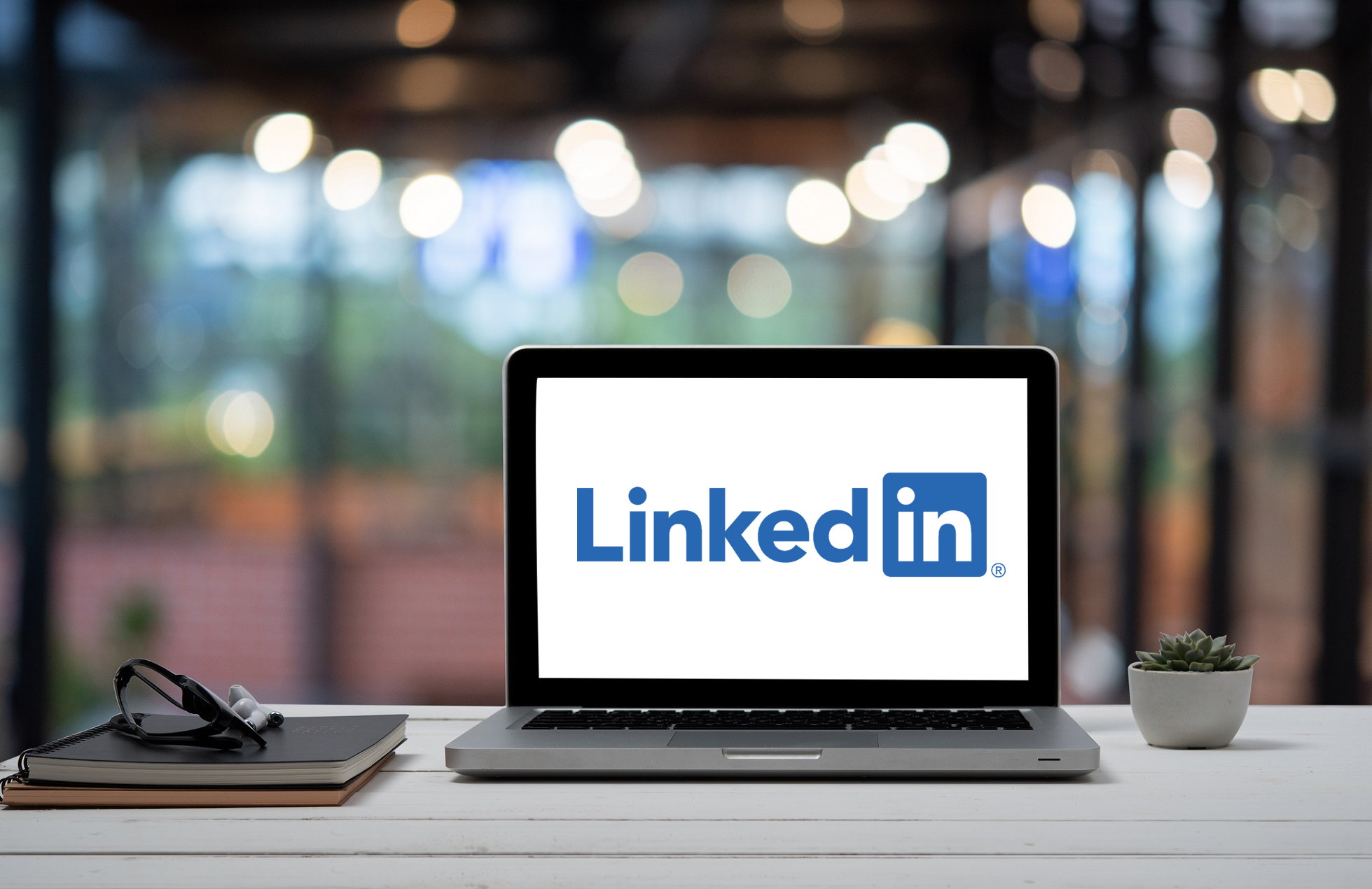
6 Ways to Instantly Improve your LinkedIn Profile to Get Hired
Your LinkedIn profile is your most public professional profile. At some point during the hiring process employers will look at your profile, and in many cases, you may be found and identified as a suitable candidate for a role through LinkedIn in the first place. Even if you are not job seeking now, keeping your LinkedIn profile up to date and relevant is the best way to make sure you are ready for the opportunities of the future. Not on LinkedIn yet? Read our step-by-step guide on how to build your profile.
Here are our 6 top tips to make an instant improvement to your profile.
Use the right photos and images.
Your photo should be up to date and professional. It doesn’t have to be a studio quality headshot, but a clear image in clothing and a situation appropriate to your professional life. You may look stunning in your latest holiday snaps or your wedding outfit, but save those pictures for your mantelpiece and stick to something that doesn’t draw the focus away from the rest of your profile. Your face should take up about 60% of the available space, and the image you upload needs to be 400 x 400 pixels.
Similarly, your cover photo, if not branded with corporate imagery from your current role, should enhance your profile, not detract from it. Choose something relevant to your job, industry or location. Use the space to showcase your skills, for example consider an image of you in a work situation. It should be 1584 x 110 pixels, but LinkedIn will let you select part of an image if you have selected something bigger.
Get your basic information up front and centre.
Two opportunities to help get you noticed are often overlooked – your headline and your “About” section.
The headline is the first piece of information someone will see about you after your name. Your job title is a good place to start. However, many job titles can be outside of an industry norm or not descriptive of the role you actually do. In these cases, we recommend changing the headline to something that succinctly conveys your hard skills and includes keywords that employers will be searching on.
You have 220 characters to play with, and you can use a straight line to divide phrases, so you could add something like;
“Chartered Civil Engineer | HS2 Project Lead | University Guest Lecturer”.
In a few short words we have given information on professional qualifications (chartered), exposure to a high profile and complex project (HS2), seniority within that project (lead) and additional information about your relevant extracurricular activities.
Secondly, always add an “about” section to your profile. You need add this section manually as it is not a mandatory section on a basic LinkedIn profile – but it should be! Write in the first person, keep it to around 300 words, and start with a summary statement. When you look at a LinkedIn profile, the About section will show the first three lines, then there will be a “…see more” link to click to expand the section. Assume most people will not click the “...see more”, which makes your opening few lines the most important.
Make sure the information on LinkedIn matches your CV.
The information on your profile should be the same, or as close as possible, to your CV. Key information that employers are looking for should align, such as job titles, dates and locations of positions and education. Transparency and authenticity are respected and expected qualities for pretty much any professional situation, so any inconsistencies can get you screened out of a job selection process without you even having the opportunity to explain them away.
You may opt to keep your student bar job off your LinkedIn profile if you have 20 years of engineering experience for example, and that is fine. However, almost every role you have done will have contributed something positive to your skillset, so it is more about how you frame the experience and your achievements, than trying to hide something you don’t think is relevant.
Update your experience and achievements - regularly.
It seems obvious, but it is surprising how many people set a profile, and even if they actively engage on the platform, they don’t update their basic information. Not only does it become a chore to do it when you need to, but it means you could miss out on opportunities to be found in the meantime. You can use the “Featured” section to turn posts into part of your profile, upload any published work, share a portfolio or video clip of you in action. At the very least your about and experience sections should reflect your current experience level and your latest achievements - as they happen.
Use keywords.
If you are trying to get found and hired, this is the one thing that will make the biggest difference straight away. What is the job you want, and what are the keywords associated with that role? Once you have a list, use these keywords and phrases as much as you can in your headline, about and experience sections. Then, use the “Skills” section to highlight your strengths and credibility in these areas. If you need inspiration, look at job advertisements and descriptions of jobs you are interested in, and mirror the words and phrases used.
Don’t forget your contact information.
Finally, add in contact information, there is no need to make it difficult to be found! You may have to screen out a few sales calls or emails, but that one call could change your career trajectory forever.
For more information on boosting your job search, visit our career advice page.
